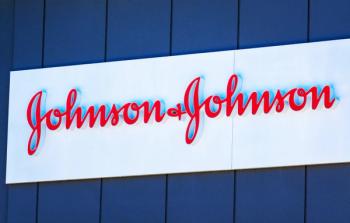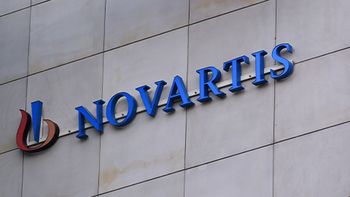Eli Lilly’s Orforglipron Successfully Completes Third Phase 3 Trial Resulting in Global Regulatory Submissions
Key Takeaways
- Orforglipron achieved significant weight loss and A1C reduction in the Phase III Attain-2 trial, meeting all primary and secondary endpoints.
- The 36 mg dose of Orforglipron reduced weight by 10.5% compared to 2.2% with placebo, demonstrating superior efficacy.
Eli Lilly's oral GLP-1 receptor agonist Orforglipron showed significant weight loss, A1C reduction, and cardiometabolic improvements in the Phase III Attain-2 trial, paving the way for global regulatory submissions.
Eli Lilly and Company announced its investigational oral GLP-1 receptor agonist Orforglipron achieved positive topline results in the Phase III Attain-2 trial. In the trial, all three doses of Orforglipron met all primary and secondary key endpoints, delivering weight loss, meaningful A1C reductions, and improvements in cardiometabolic risk factors at 72 weeks.
Orforglipron’s key primary endpoint for 36 mg dosage, administered once per day without food and water restrictions, lowered weight by an average of 10.5% (22.9 lbs.) compared to the placebo only achieving 2.2% (5.1 lbs.). Following the positive completion of the Phase III Attain-2 trail, Lilly possesses the required clinical data package to begin global regulatory submissions for Orforglipron.
Louis J. Aronne, MD, FACP, DABOM, founder and chair Emeritus of the American Board of Obesity Medicine, former president of The Obesity Society, fellow of the American College of Physicians, and world-renowned obesity specialist, touched on the implications of Orforglipron’s trial results, saying, "Based on my experience leading clinical trials in obesity and diabetes, these data show the potential for orforglipron to offer an efficacy, safety, and tolerability profile consistent with the injectable GLP-1 class. Orforglipron could help health care providers expand treatment options for patients who prefer oral therapies without compromising clinical results."1
Orforglipron’s Phase III Attain-2 trial results
In the Attain-2 trail, Orforglipron achieved the primary endpoint of superior body weight reduction compared to placebo. Additionally, Orforglipron reached its secondary endpoint of lowering A1C by 1.3% to 1.8% from a baseline of 8.1% cross all doses. In another key secondary endpoint, 75% of participants administered with the highest dose of orforglipron achieved A1C readings of < 6.5%, which is at or below the American Diabetes Association’s definition of diabetes.
Orforglipron additionally displayed clinically meaningful benefits across key cardiovascular risk factors including non-HDL cholesterol, systolic blood pressure, and triglycerides. The highest dose of orforglipron, in a pre-specified exploratory analysis, reduced high-sensitivity C-reactive protein (hsCRP) levels by 50.6%.
Safety profile
Orforglipron’s overall safety profile in the Attain-2 trial, was consistent with established GLP-1 receptor agonist class. Commonly reported adverse events were gastrointestinal-related and rated mild-to-moderate in severity.
The most common adverse events for participants treated with orforglipron (6 mg, 12 mg and 36 mg, respectively) were as follows.
- Nausea (20.1%, 31.1% and 36.4%) vs. 8.4% with placebo,
- Vomiting (12.8%, 20.2% and 23.1%) vs. 3.8% with placebo,
- Diarrhea (21.3%, 24.8% and 27.4%) vs. 15.0% with placebo,
- Constipation (17.7%, 21.1% and 22.4%) vs. 7.8% with placebo,
- Dyspepsia (9.1%, 15.4% and 10.9%) vs. 3.5% with placebo.
"The ATTAIN-2 results reinforce the potential for orforglipron, as a once-daily oral, to deliver meaningful weight loss and A1C reduction, consistent with similar landmark trials for injectable GLP-1s," said Kenneth Custer, Ph.D., Lilly executive vice president and president of Lilly Cardiometabolic Health. "With these positive data in hand, we are moving with urgency toward global regulatory submissions to potentially meet the needs of patients who are waiting. If approved, we are ready to offer a convenient, once-daily pill that can be scaled globally removing barriers and redefining how obesity is treated around the world."1
Sources
- Lilly's oral GLP-1, orforglipron, is successful in third Phase 3 trial, triggering global regulatory submissions this year for the treatment of obesity Eli Lilly & Company August 26, 2025
https://investor.lilly.com/news-releases/news-release-details/lillys-oral-glp-1-orforglipron-successful-third-phase-3-trial
Newsletter
Lead with insight with the Pharmaceutical Executive newsletter, featuring strategic analysis, leadership trends, and market intelligence for biopharma decision-makers.





